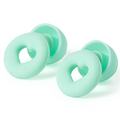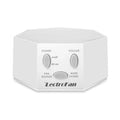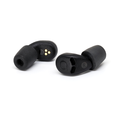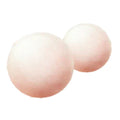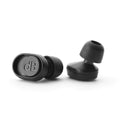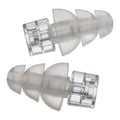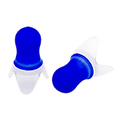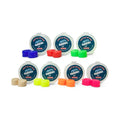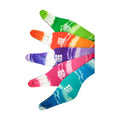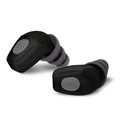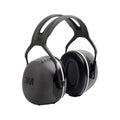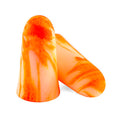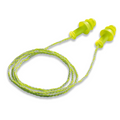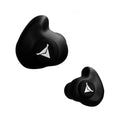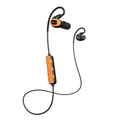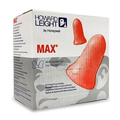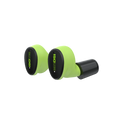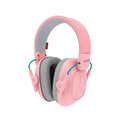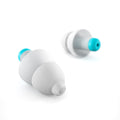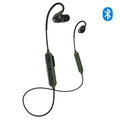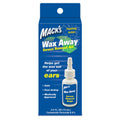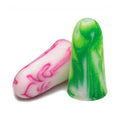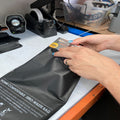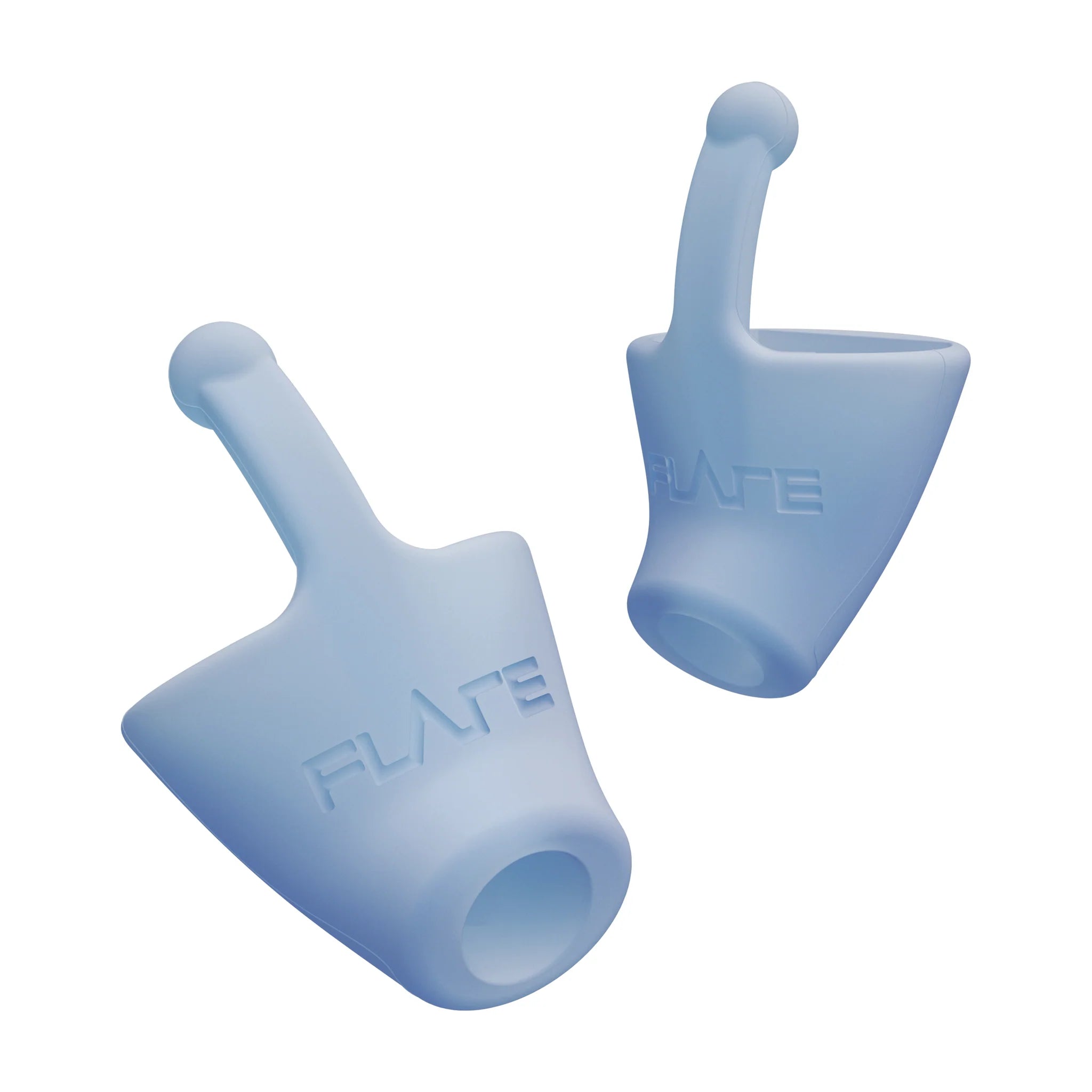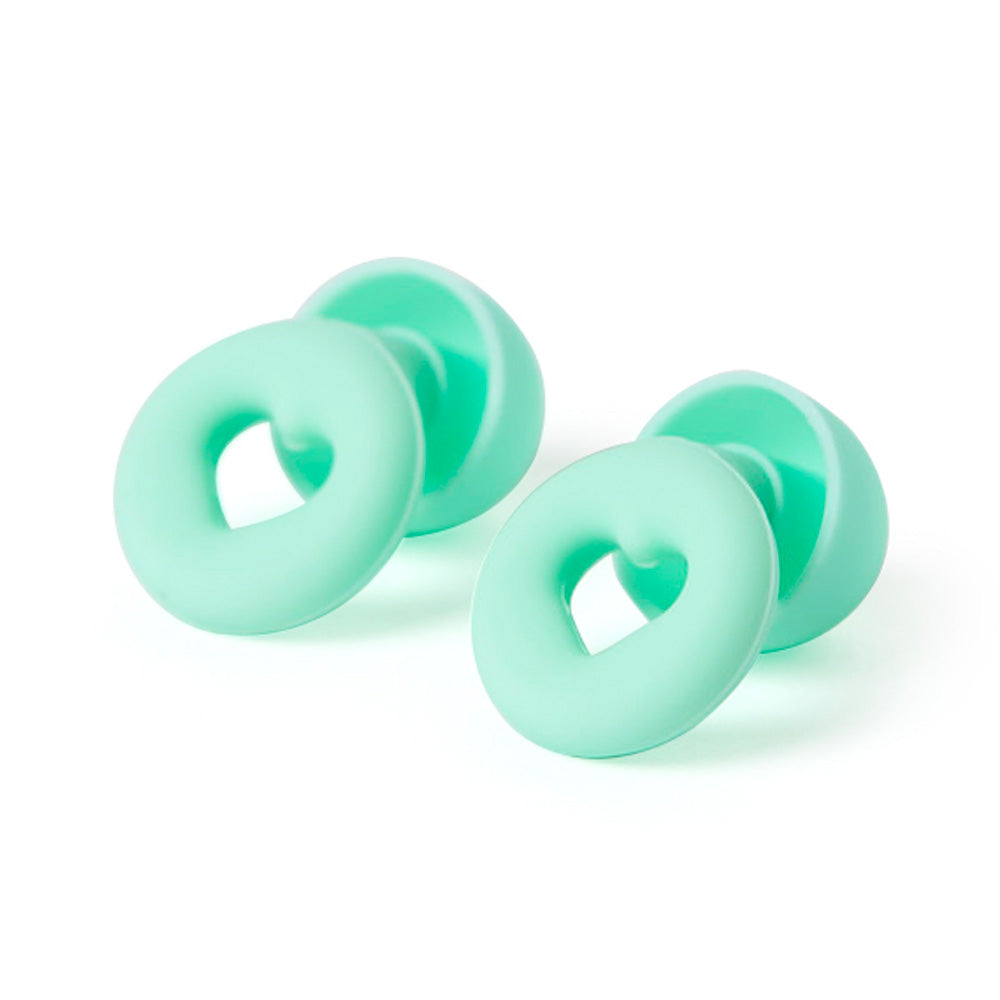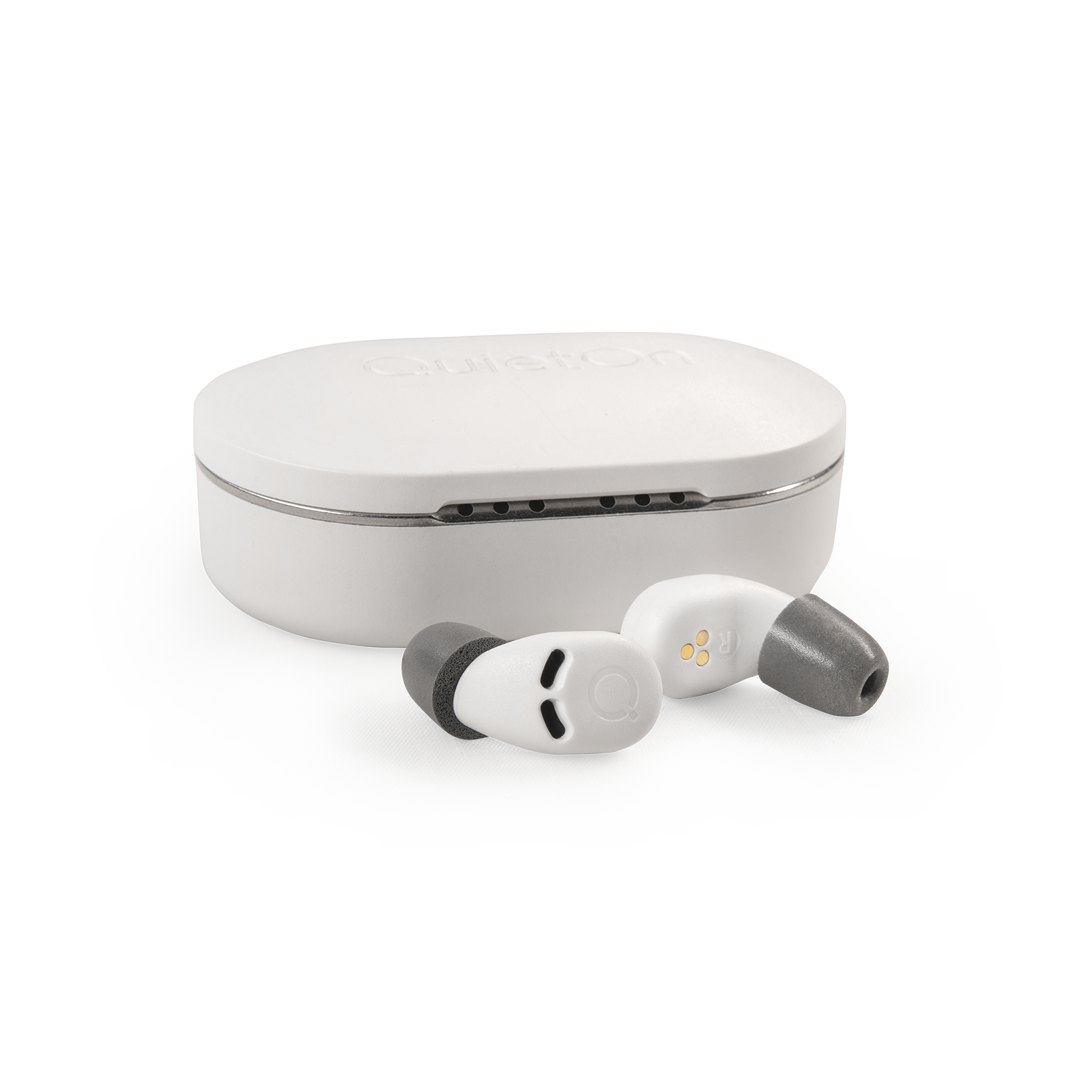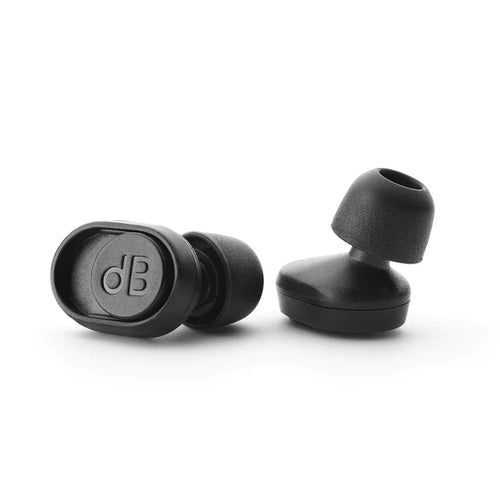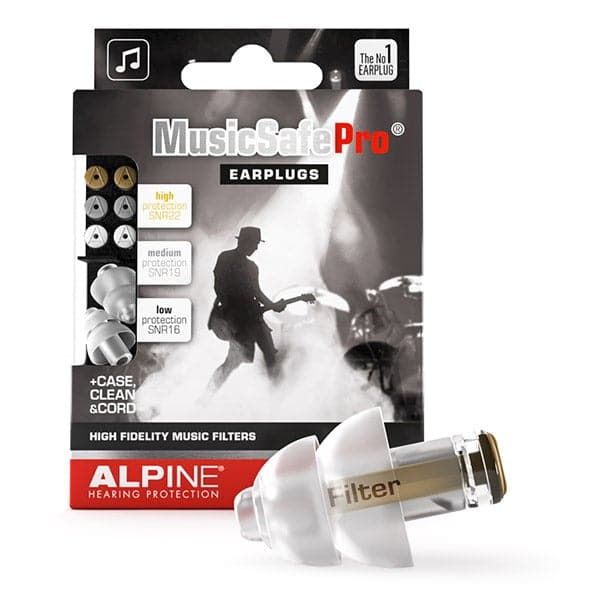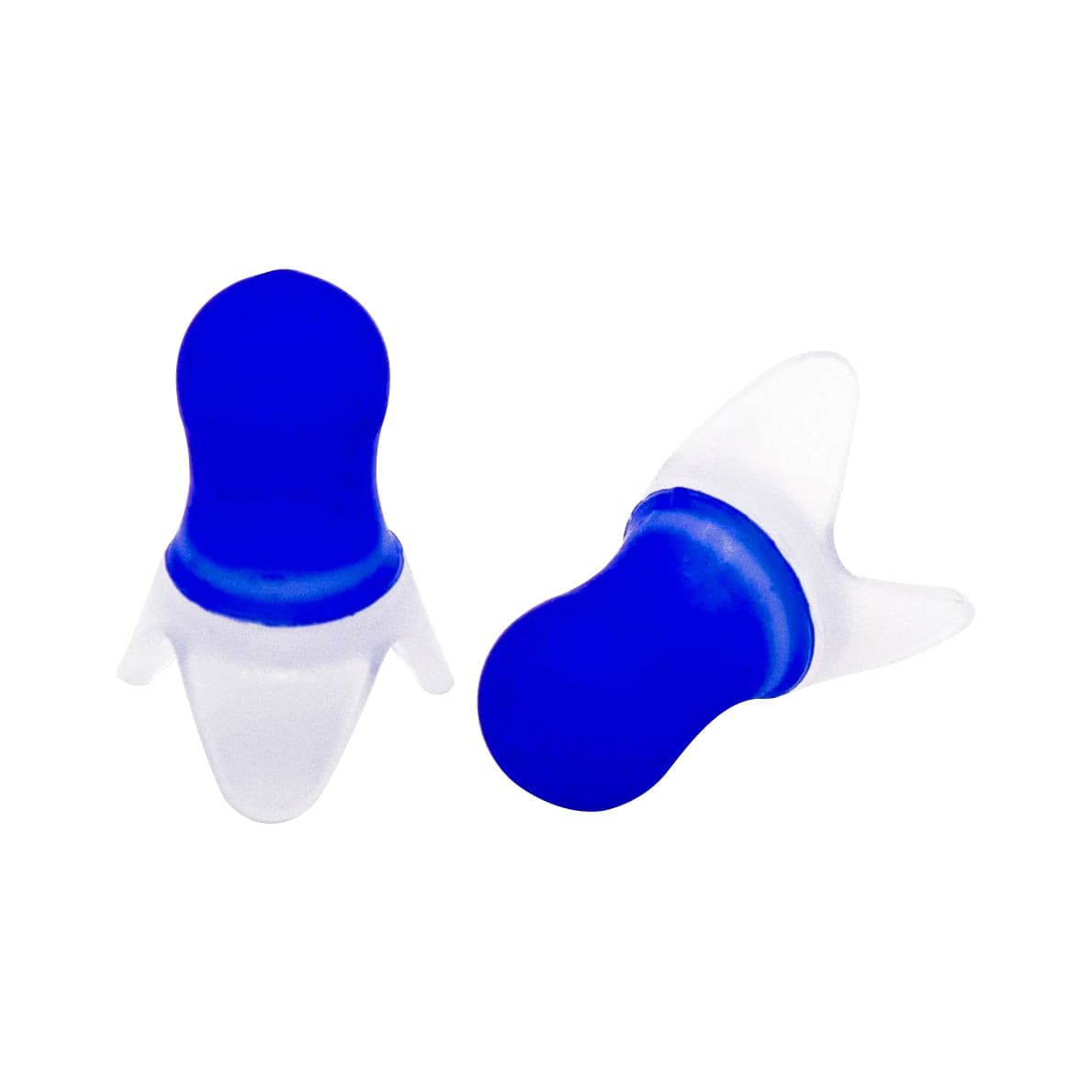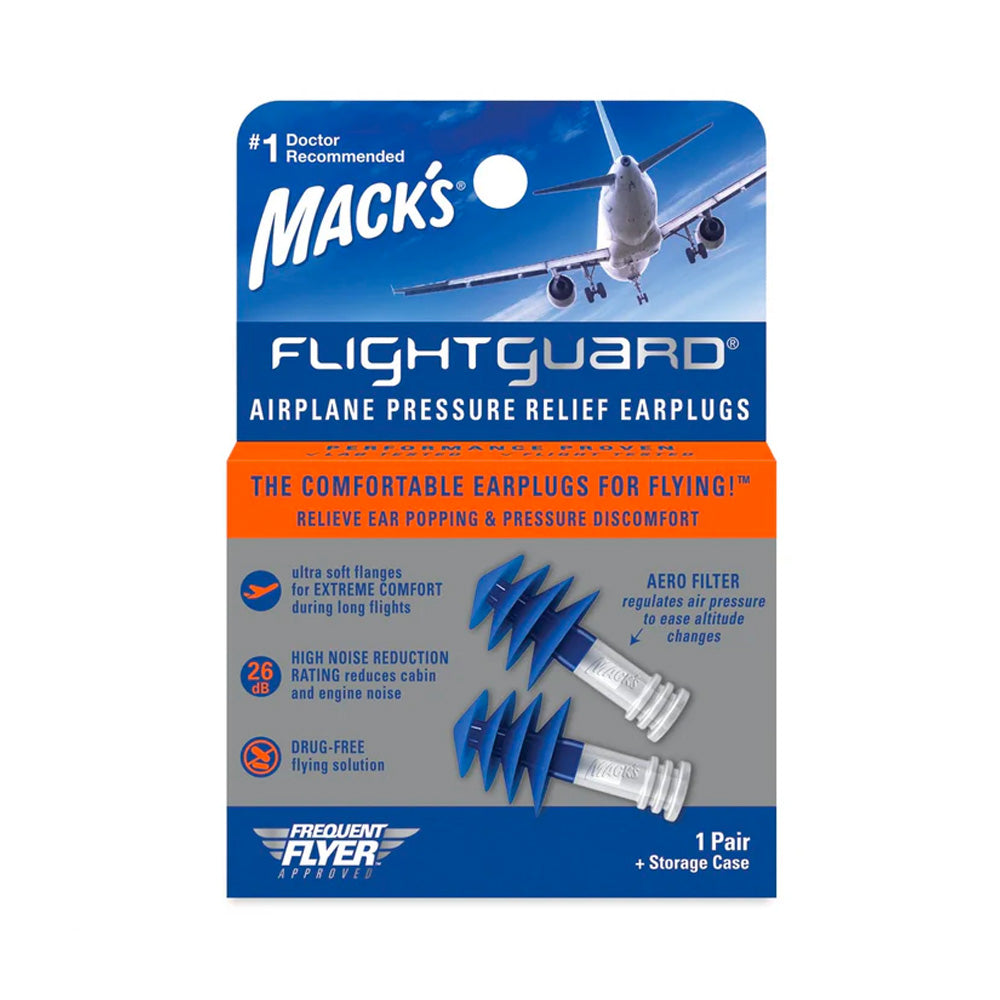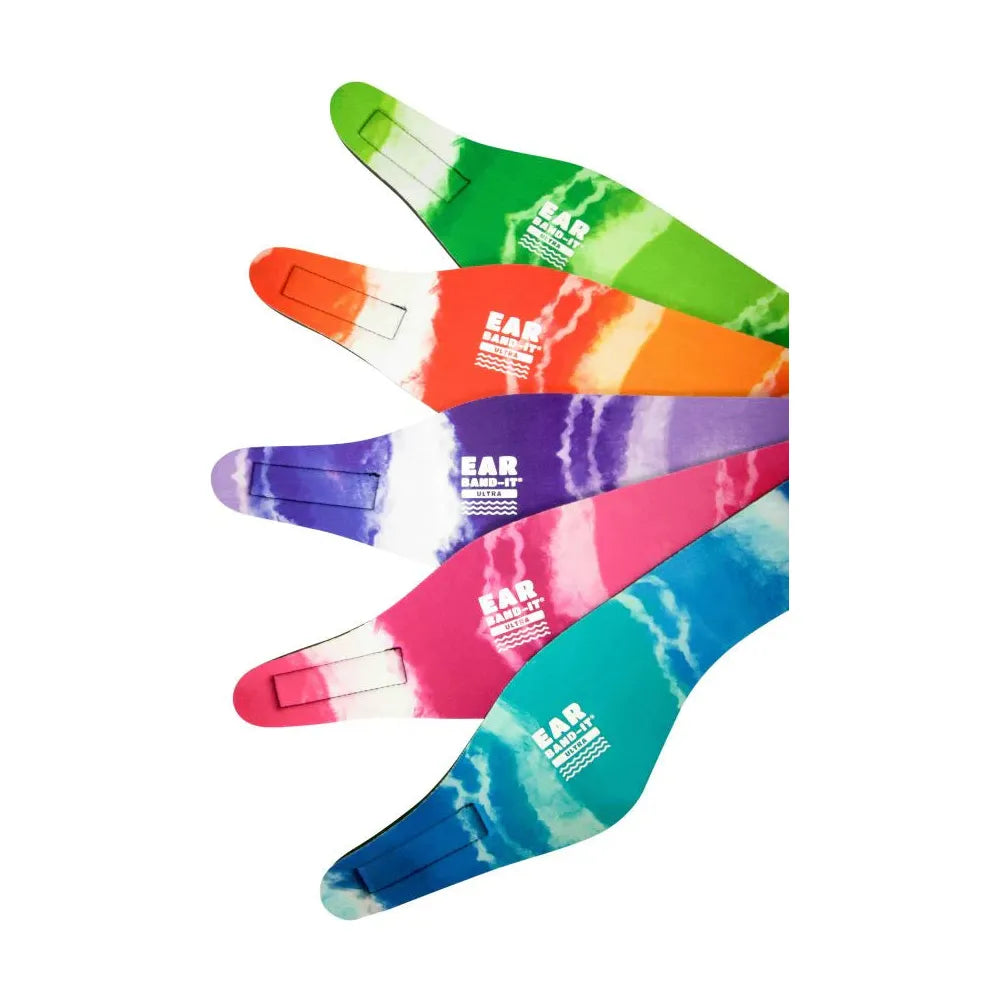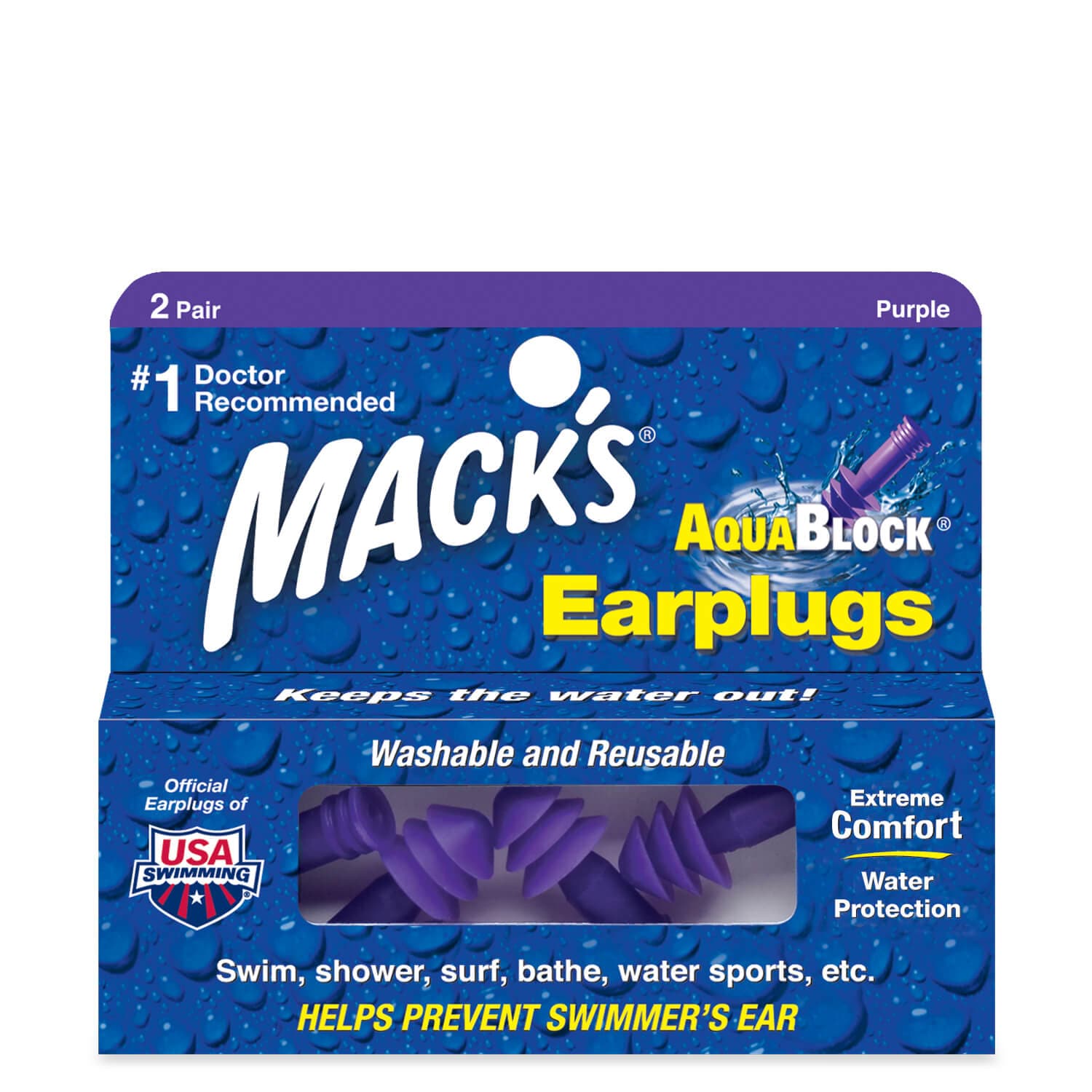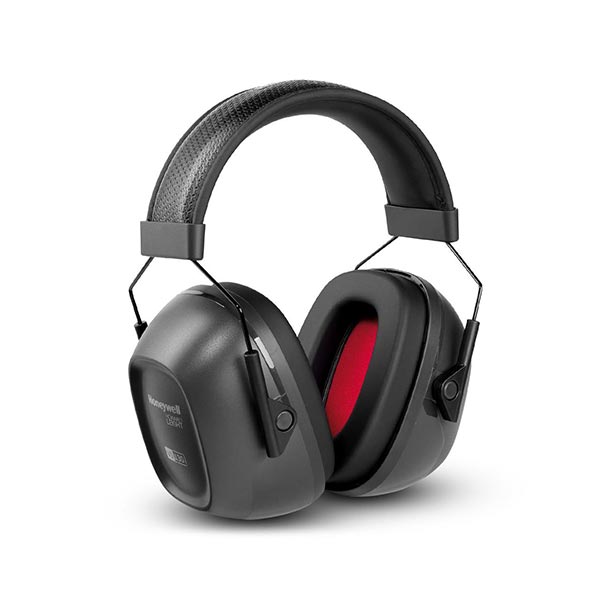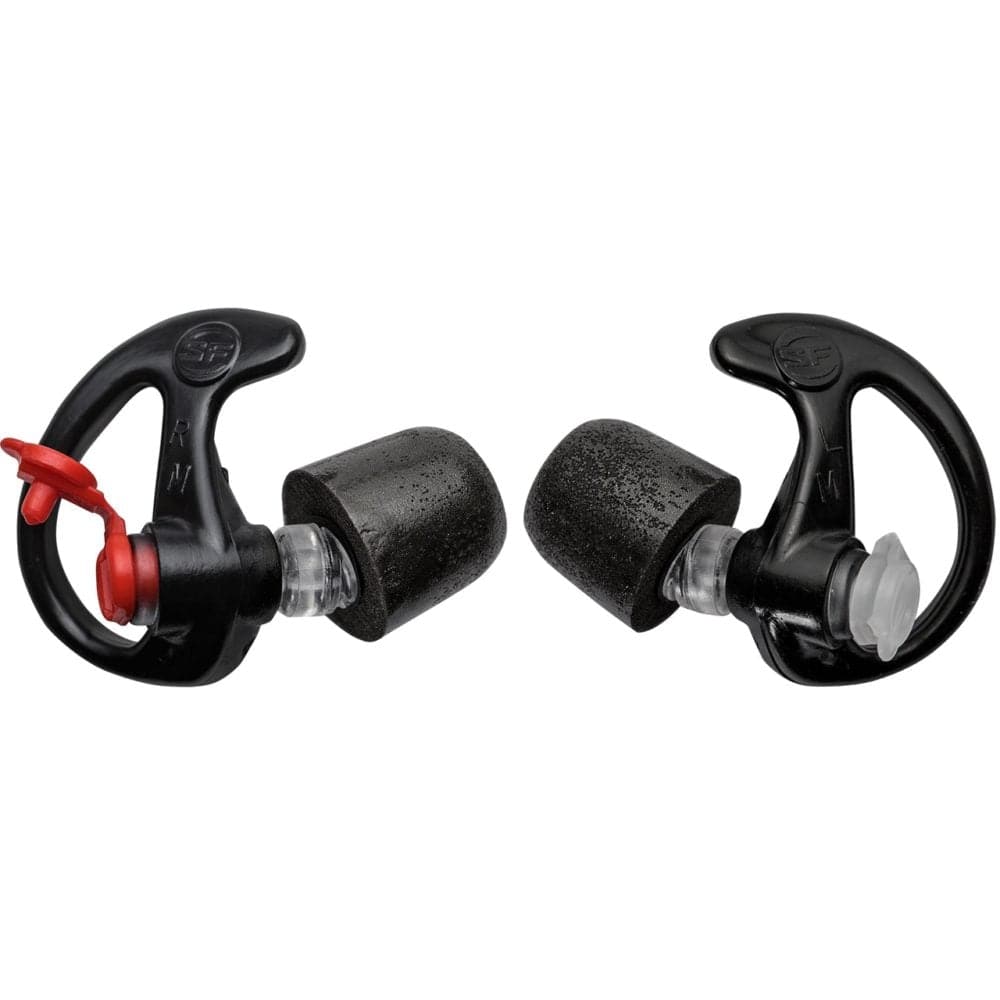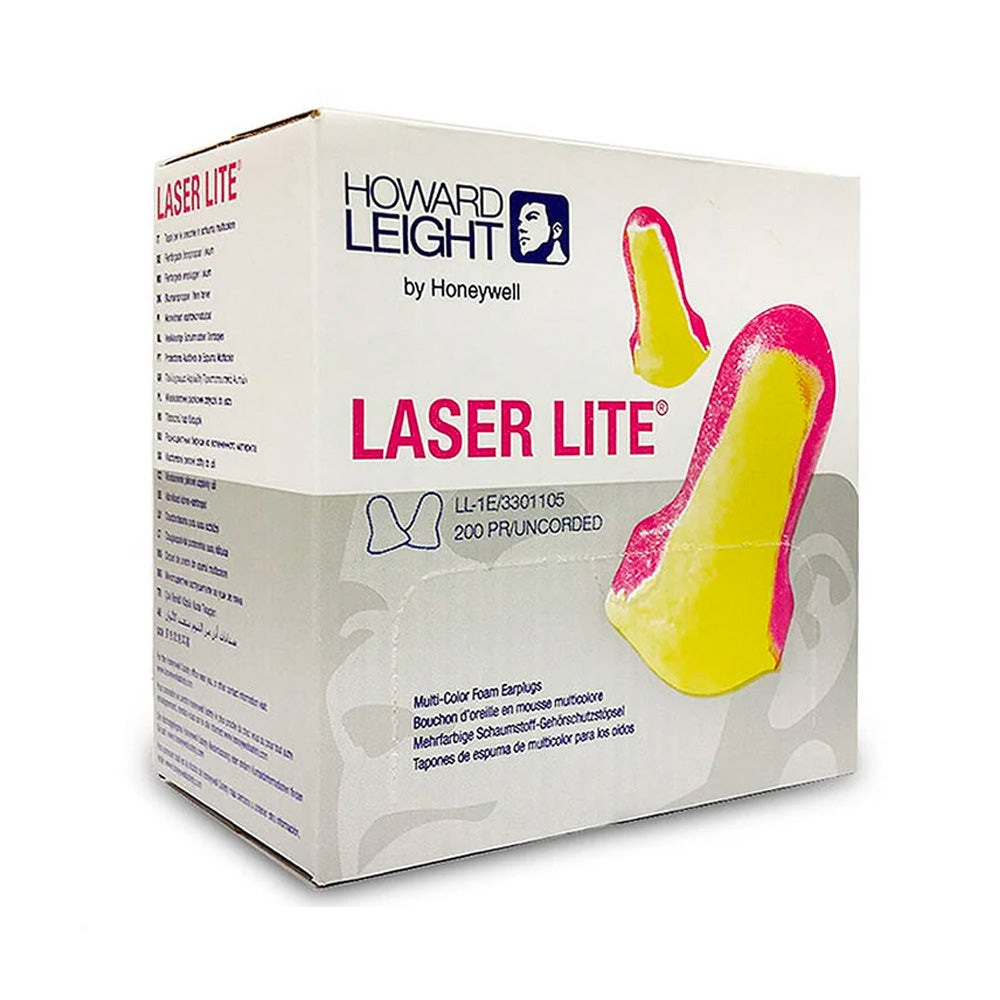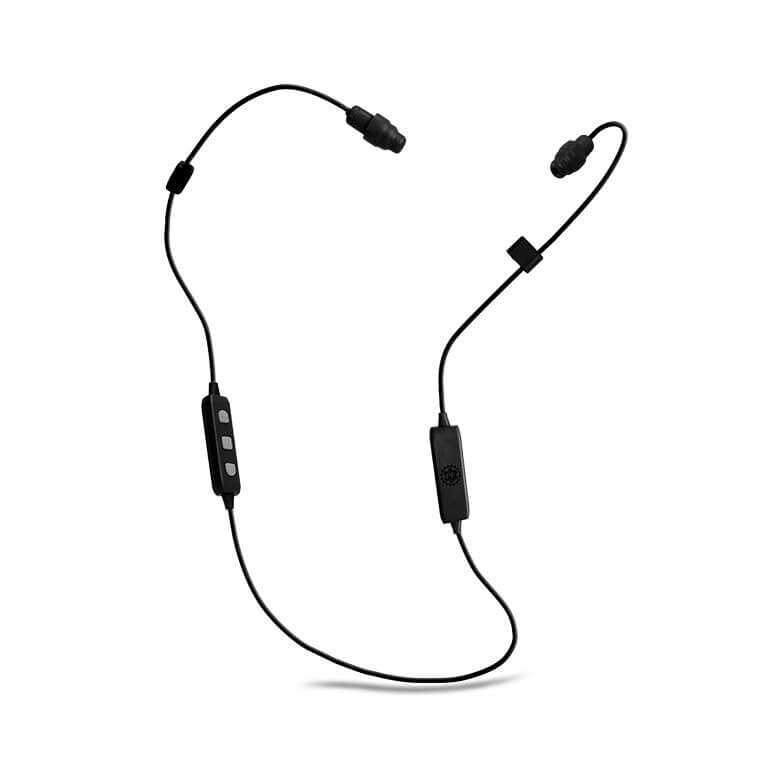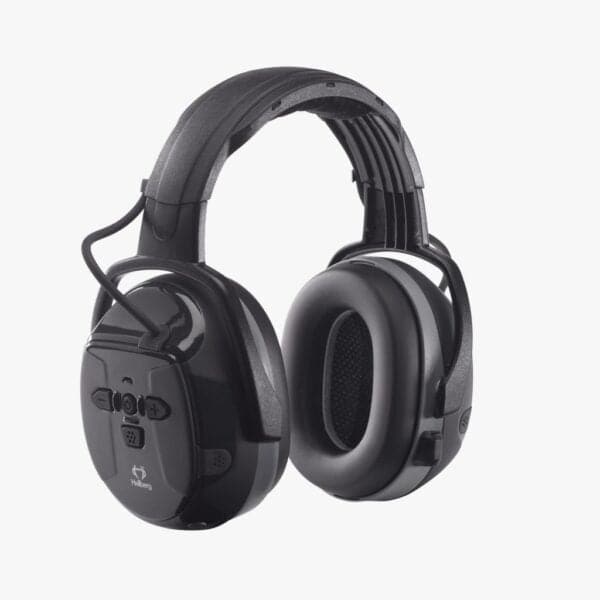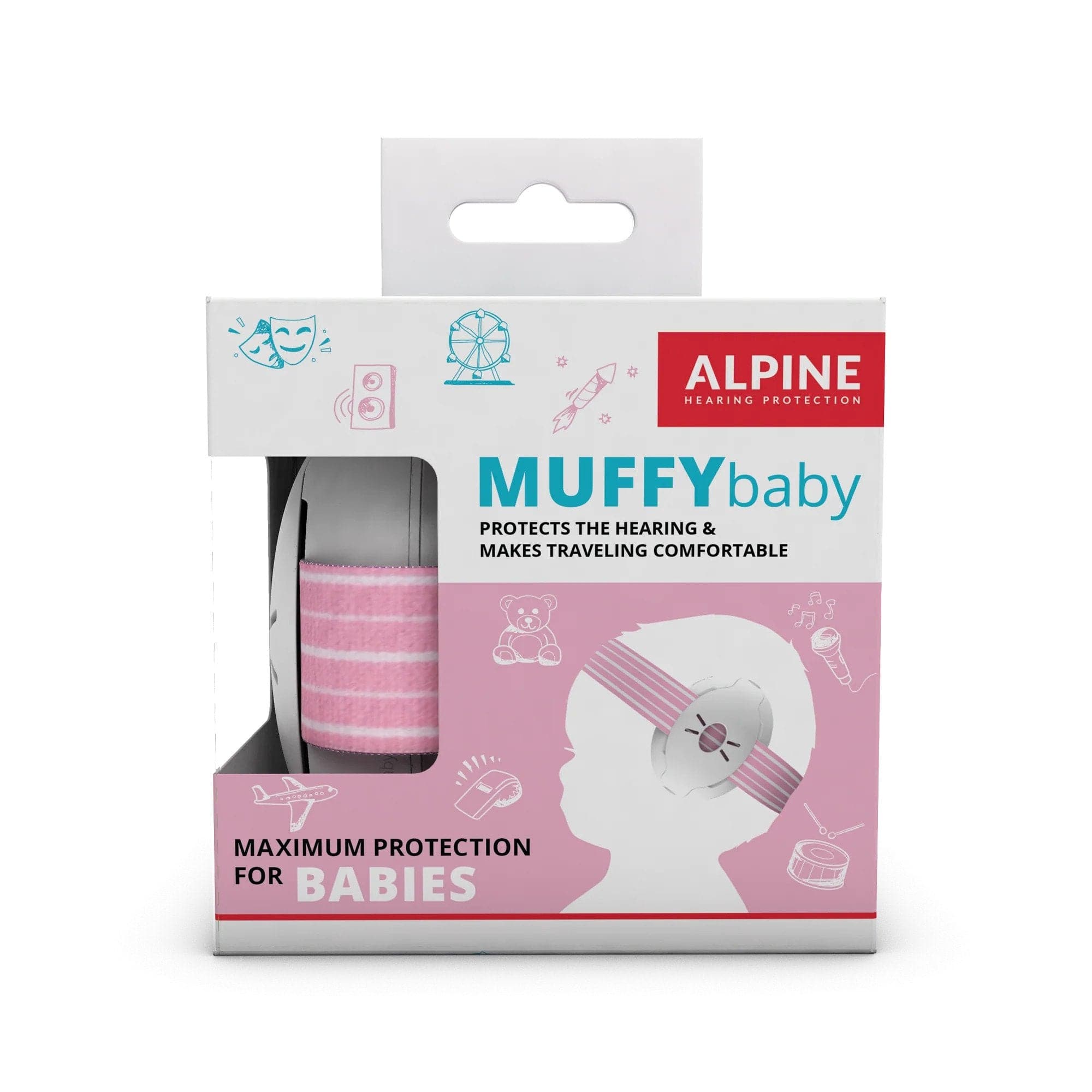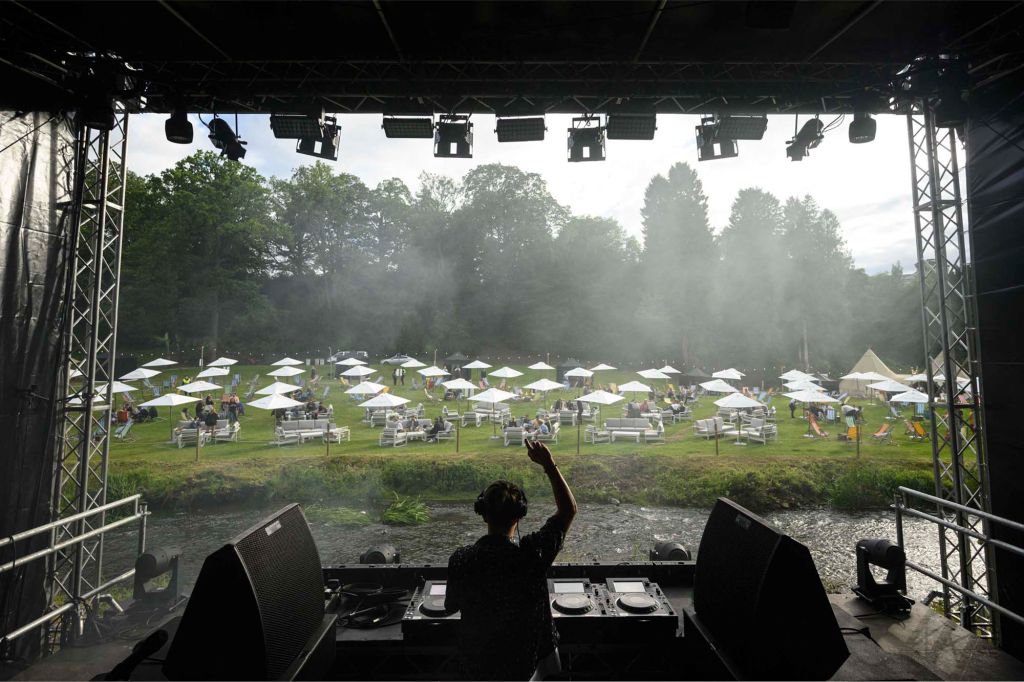There’s the Summer you see in advertising -- sipping cool drinks on hot sand, the speakers blaring while you float in the pool -- and then there’s the real Summer. For many of us, that Summer means waking up drenched in sweat, cursing the fan, the doona and the stale and stagnant air. There’s nothing worse than trying to sleep on a hot summer’s night, but there are a few simple tips you can follow to hack your bedroom for restful slumber.
Switch to summer sheets.
The first one is a no brainer, but you’d be surprised how many Australians use the same kind of sheets all year round. An ideal set of summer sheets should be light and breathable, ideally you want something made with a natural fabric like cotton. Avoid synthetics wherever you can: they trap heat, causing you to sweat more, and when they get even mildly damp they become scratchy and irritable on the skin. While a good set of summer sheets may seem like an expensive up-front investment, the reality is you’re going to be using them up to six months a year. It’ll pay dividends with improved quality of sleep.
Windows and Blinds Keep Hot Air Out.
Common mistake: it’s hot, so let’s open the windows. Wrong. Opening windows during the hottest hours of the day simply lets hot air in, warming the room and causing it to become more uncomfortable than it was before. It’s the same principle as that of a fridge or freezer, every time you open the door the cooling air is released and replaced by hot air from outside. If only we could equip our bedroom windows with annoying beepers that remind us to close them!
As a general rule, keep your windows and blinds shut to keep your bedroom as cool as possible during Summer. Keeping the blinds shut reflects the hot sun away from the room, while shut windows keep hot air out. When the cool change comes in the afternoon or evening, feel free to open the windows and let the air circulate, but don’t raise the blinds until after sunset. If you don’t have blinds or curtains (#justsharehousethings) then improvise, use those winter sheets you discarded in step one -- anything to keep the sun out!
Summer Pyjamas are a must.
This may sound like summer sheets part two, and in a way it is, but every layer of clothing and bedding is contributing to body temperature and sleep quality. Your summer bedtime attire should be light and breathable, again avoiding synthetics. A cotton nightie, a pair of breathable cotton shorts, anything that can let your skin breathe should be the ideal. Similarly, avoid anything that’s too tight -- it’ll cause your body temperature to spike, making it difficult to achieve restful sleep.
Strategically use air conditioning or showers to reach the ideal sleep body temperature.
According to sleep scientist Matthew Walker in Why We Sleep, the ideal bedroom temperature is around 18.3 degrees. This is the temperature that evokes restful hormones in the body, preparing you for a deeper sleep. If you’re lucky enough to have an air conditioner, try and get the room to around that temperature before you get into bed. It doesn’t need to stay that cold all night long (you can use the automatic shut-off time), as long as it can lull you to sleep that’s enough.
Another way to adjust the body’s temperature is to trick it a bit. A warm shower about an hour before bed will prompt your body to begin cooling its internal temperature, allowing you to get to that much needed sweet spot before trying to sleep.
Alternatively try opening windows or fans overnight. If the noise is too much, consider ear plugs.
Of course, not all of us have air conditioning units in our bedroom. The alternative then is to either open windows or run a fan overnight. While these will merely push existing ambient air around, that feeling is substantially more soothing than hot stagnant air. Unfortunately, this can also invite disruptive ambient noise into the bedroom.
Some people love fan sounds (we sell them white noise machines!) but nobody loves the sound of the neighbourhood pub pumping into the wee hours of the morning. Earplugs can help avoid having to negotiate the pros and cons of comfort and quiet, allowing you to sleep with the windows open, the fan on, and still feel like you’re in silence. A great multi-use sleeping earplug is the Earjobs Silicone Putty, they’re flexibly mouldable to all ear shapes, with great sound blocking and a comfortable feeling even for side sleepers.
To summarise, these are our top tips for sleeping in a hot room:
- Replace your bedding with a set of light summer sheets, if necessary remove the doona entirely or replace it with a thin summer one.
- Keep your bedroom cool by keeping windows shut with blinds down. Avoid opening any windows until the cool change.
- Wear something breathable and loose fitting to sleep. Avoid synthetics or anything tight, both raise body temperatures and invite sweating.
- If possible, use air conditioning to lower the room temperature to 18.3 degrees. A fan or an open window is a good alternative, you can also have a shower to trick your body into adjusting its temperature for sleep.
- If you find the fan, air conditioner, or outside noises disruptive on a hot night, try earplugs. A simple silicone set of plugs can allow you to run your fan all night long without waking you up.

